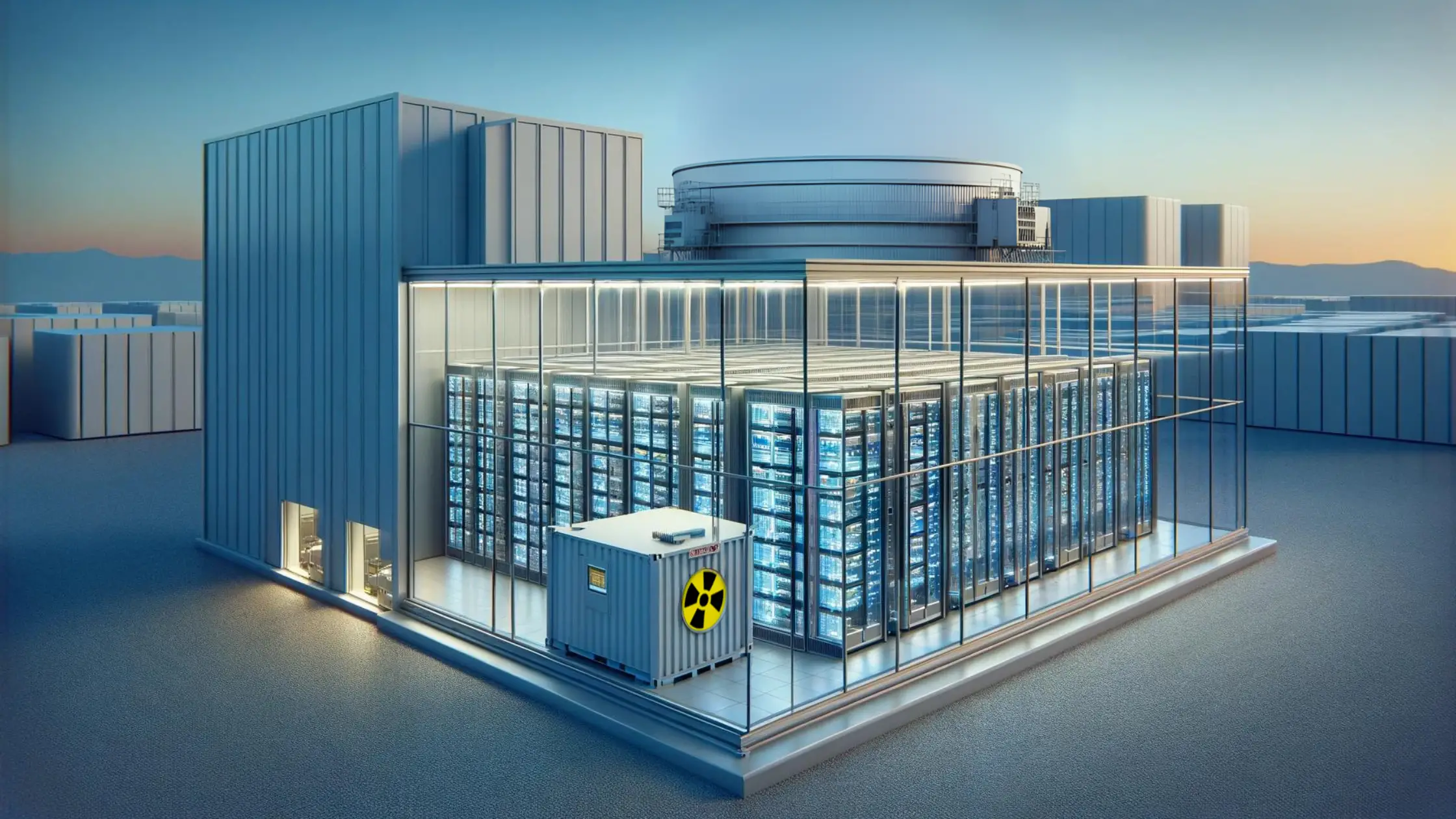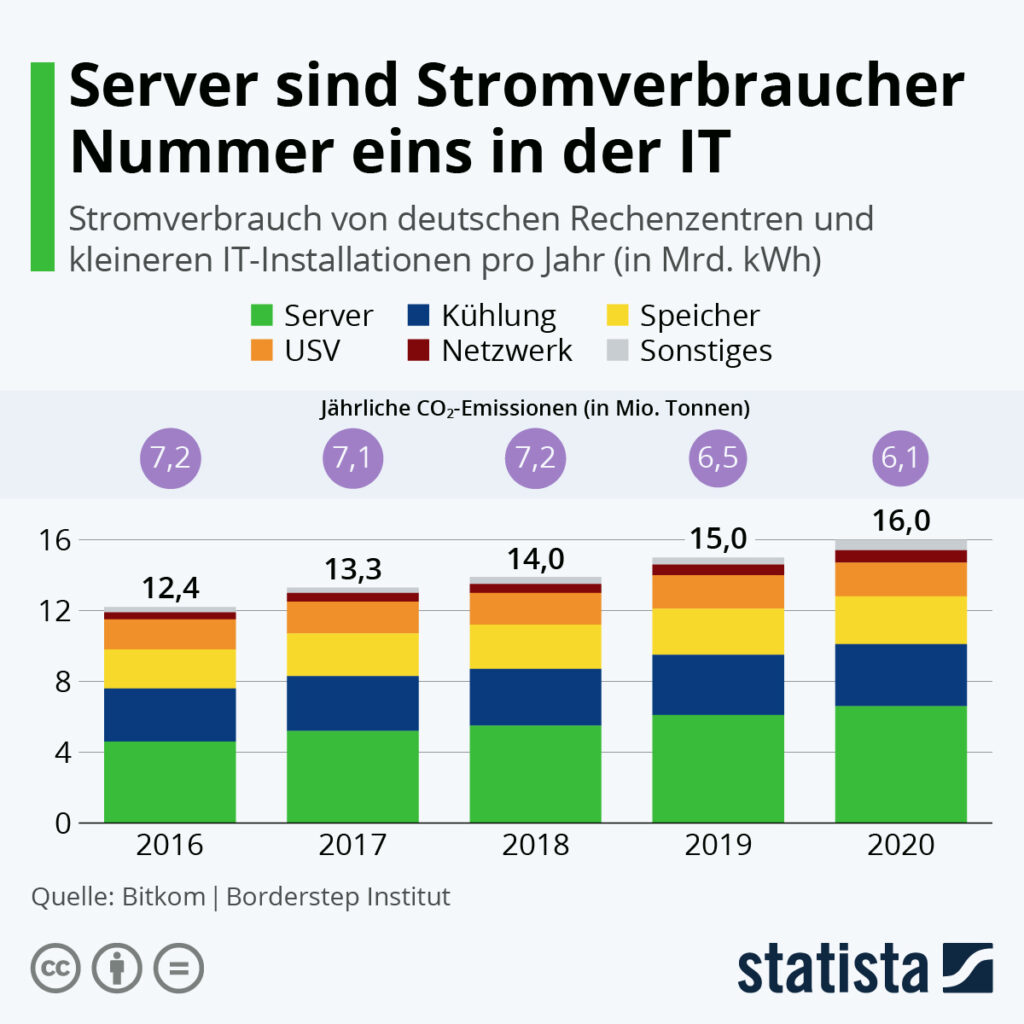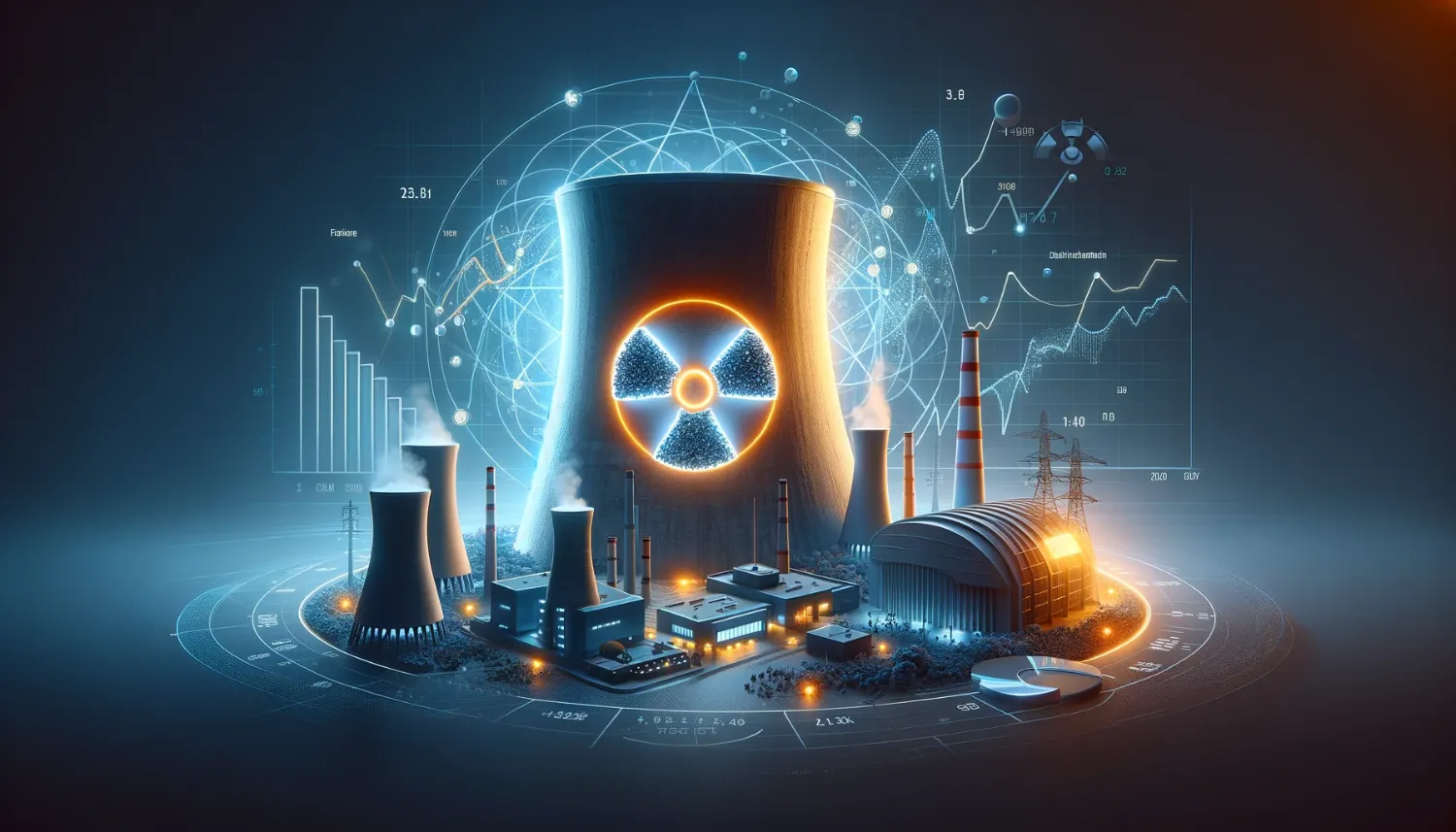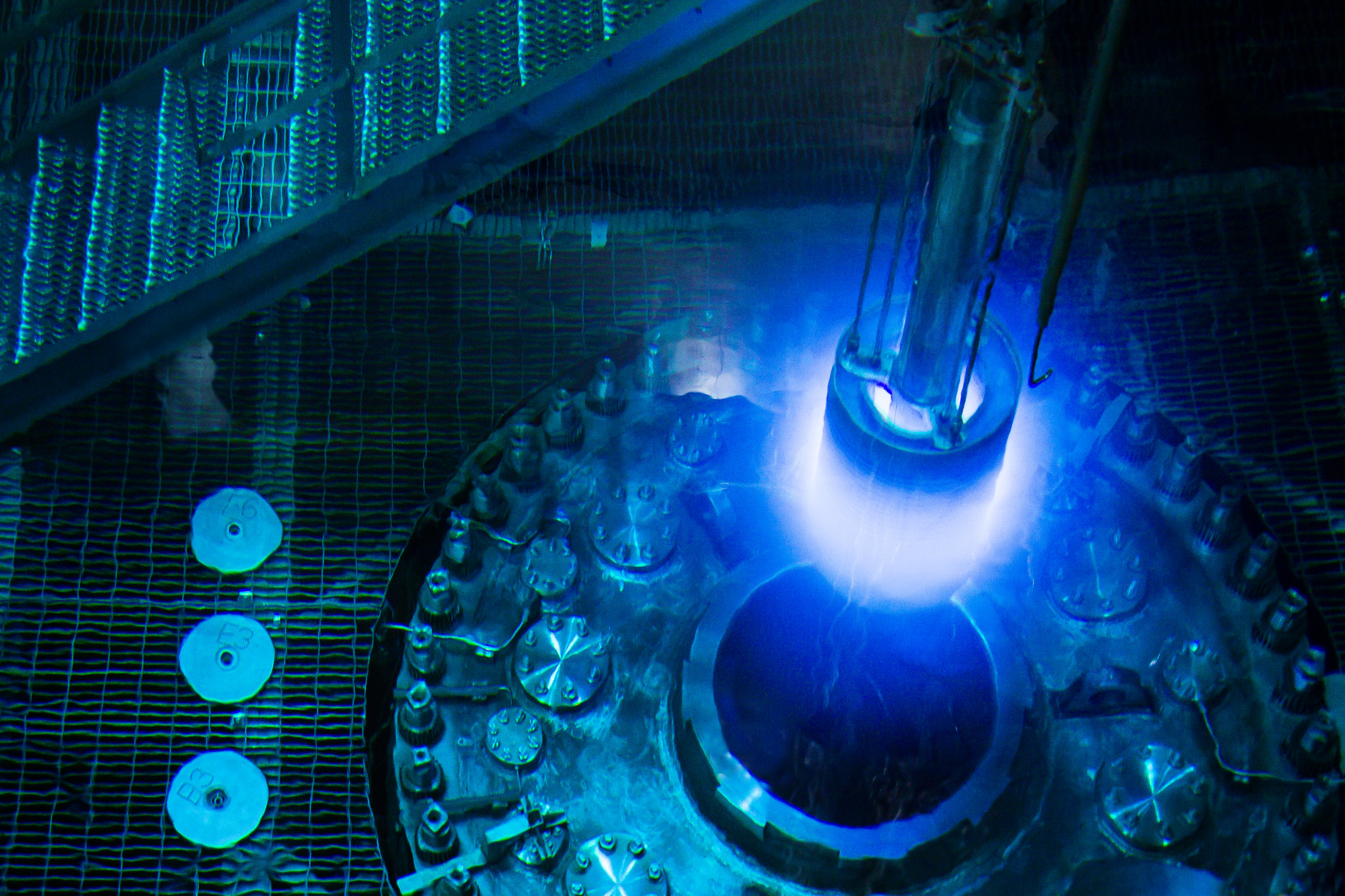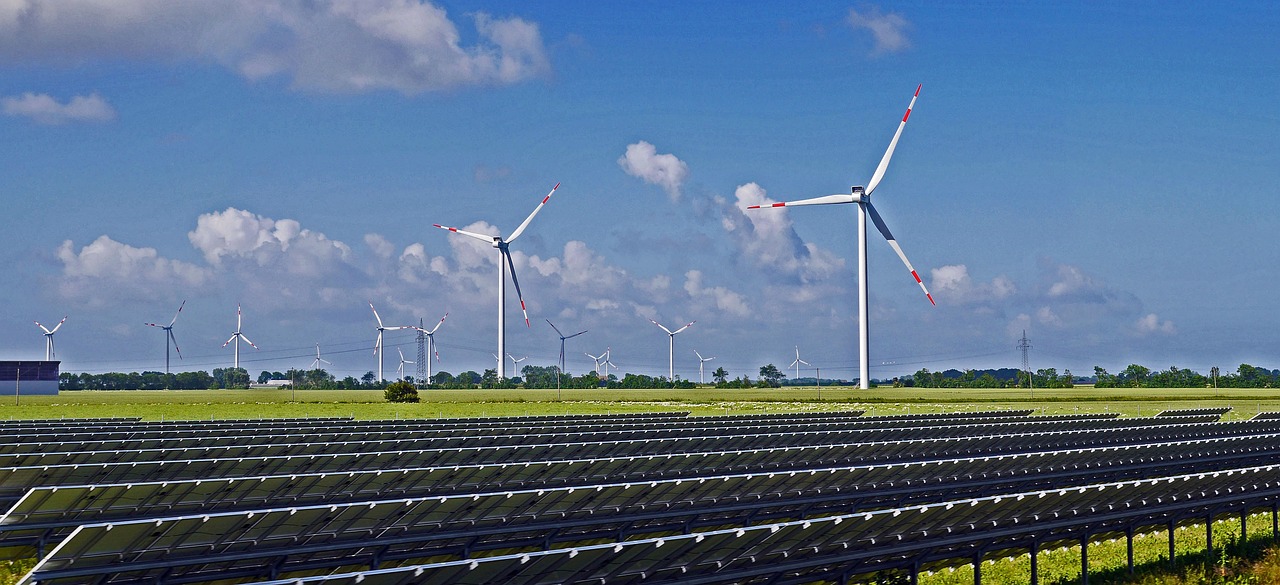Data center with nuclear reactor? How can that go together? It's actually very obvious and at the same time I wonder why I didn't come up with this idea myself. Find out here why this is a brilliant idea.
Data center with nuclear reactor
Data center, server center, there are several terms, but we usually talk about the same thing, a place where many servers are located and store data or process cloud data or run web services on them.
A nuclear reactor as one imagines it, i.e. a huge power plant with cooling towers, naturally does not fit into a data center, but this is exactly where a technology that is currently still being built comes in, namely the SMR (Small Modular Reactor), as small modular reactors, with an output power of up to 300 MW.
What at first glance sounds like shooting cannonballs at sparrows is quickly put into perspective when a question is asked:
How much power does a data center need?
Power requirement
And the answer is: quite a lot! In Germany, according to Bitkom, data centers are only referred to as such if they have at least 10 server racks and draw more than 40 kW of electricity. This is because in addition to the servers, i.e. technically speaking computers running in parallel that are interconnected, cooling is also required and this is not without its costs.
Google's data centers are said to contain more than 90,000 servers and a Electricity demand of more than 200 MW have.
The German IT association Bitkom saysIn 2023, the current electricity demand of German data centers was 18 billion kWh, or 18 TWh, per year.
Bitkom's forecast assumes that electricity consumption will increase to between 27 TWh (low growth) and 34 TWh (high growth) by 2030, depending on how it is viewed.
Example
To get an idea of what these figures mean:
German data centers currently consume 18 TWh of electricity. The Isar 2 nuclear power plant had an output of 1,485 MWwhich corresponds to an annual production of 12,037 GWh, or 12 TWh.
As of 2023, 1.5 nuclear power plants of the Isar 2 type would be needed ONLY to cover the electricity requirements of the data centers in Germany.
In the optimistic assumption that the electricity demand for the data centers increases to 34 TWh through expansion, 3 nuclear power plants of the Isar 2 type would be required in 2030 (2.8 nuclear power plants to be precise) just to cover the energy demand for the data centers.
With a capacity of 1,300 MW, which means 1.3 GW of power, 11,388 GWh of energy would be produced per year, which would be enough to supply 3,253,000 households. With a capacity of 1,300 MW, and therefore 11.3 TWh of power per year, you would need 3 nuclear power plants. 3 nuclear power plants of this capacity class could supply 9,759,000 households with electricity.
In an optimistic scenario, this is how high the electricity demand for data centers could rise. Electricity that has to come from somewhere.
Volatility of renewable energies
But why can't we use renewable energies for this? Well, the sun doesn't shine 24 hours a day, there are clouds and there isn't always wind. Therefore, the output is never constant, it fluctuates and therefore cannot be guaranteed. But servers don't like that at all, once switched off it can take hours until the systems and availability are restored. Operating a data center with wind or only solar? Not a good idea. As a result, you need large battery storage systems that would take over in the event of a dark doldrums, but that doesn't work for several hours to supply the whole of Germany with electricity and since data centers tend to be located in conurbations, it's difficult to build wind farms around them.
Does every data center need an SMR?
No, I don't think so, I think it will be a niche application, because you mustn't forget the costs of several million euros, and that's just for the reactor. Consequently, not every data center operator will be able or want to afford it. At the same time, not every data center has such high energy requirements; these can fluctuate depending on size and region, and while we're on the subject of regions. The electricity price must be able to amortize such an investment, in countries with cheap electricity, something like this will not make sense, in Germany, where the electricity price is higher than in many other countries in the world, I could imagine something like this, as of 2024, but practically unthinkable to implement, especially because you would have to operate an SMR at the German Internet node in a metropolitan area.
This could also have an impact on the local economy simply because of the information that an SMR could be located there. Entrepreneurs who are afraid of nuclear power could relocate their business away, but companies with large energy needs could settle there to benefit from the cheap and stable electricity.
It is therefore impossible to say what the local impact of such a decision would be.
Perhaps, of course, there is no need for a large reactor as one imagines when one thinks of a nuclear power plant today, the eVinci Microreactor from Westinghouseis compact and can deliver between 5-13 MW of power.
The idea is of course interesting, the electricity demand could certainly be covered and the public electricity grid could be relieved because there are fewer large consumers in the grid. But the AtomicTrain or the Nuclear-powered aircraft (has been tested)have not been realized commercially, maybe it will remain just an idea, let's see.
Further sources:

